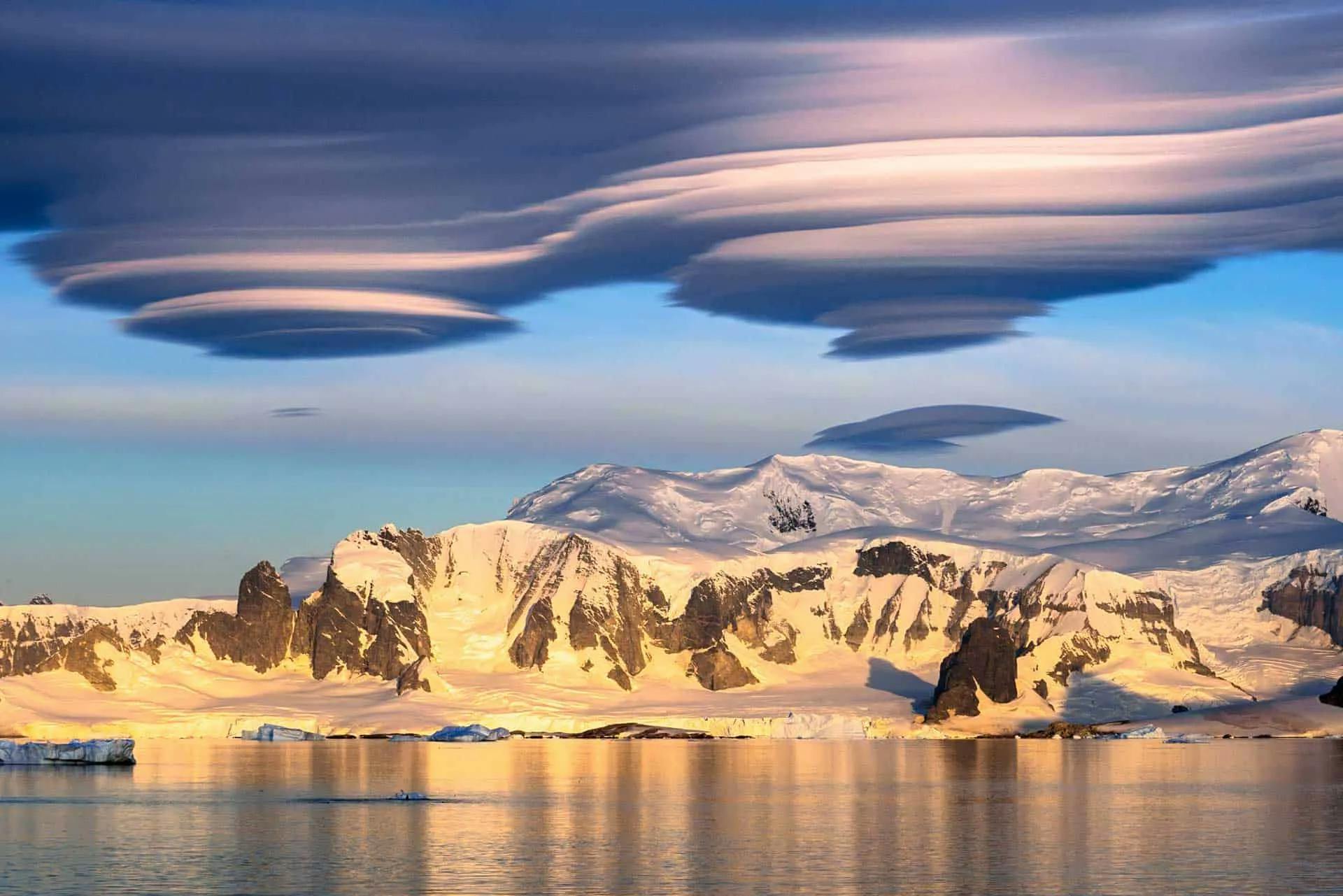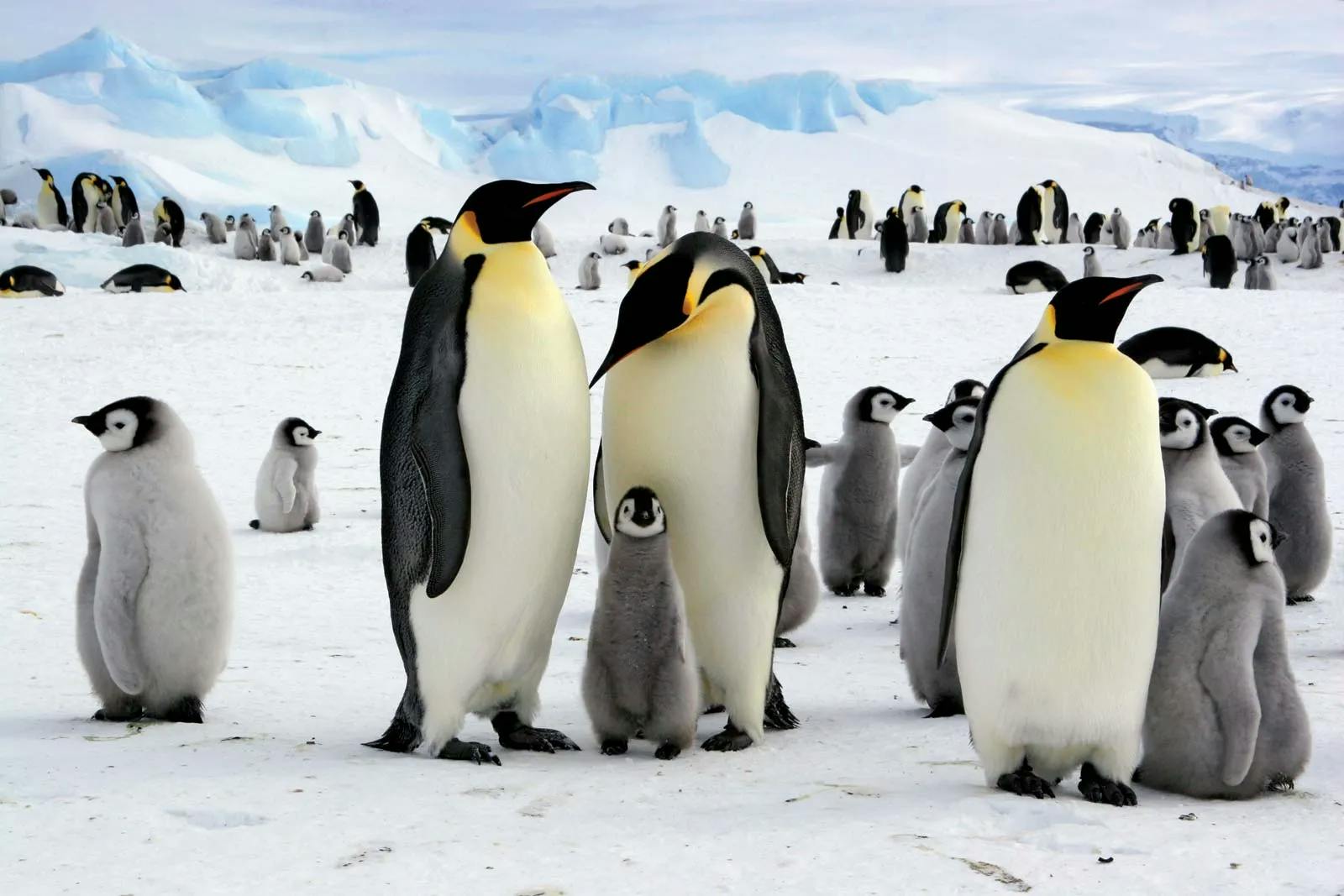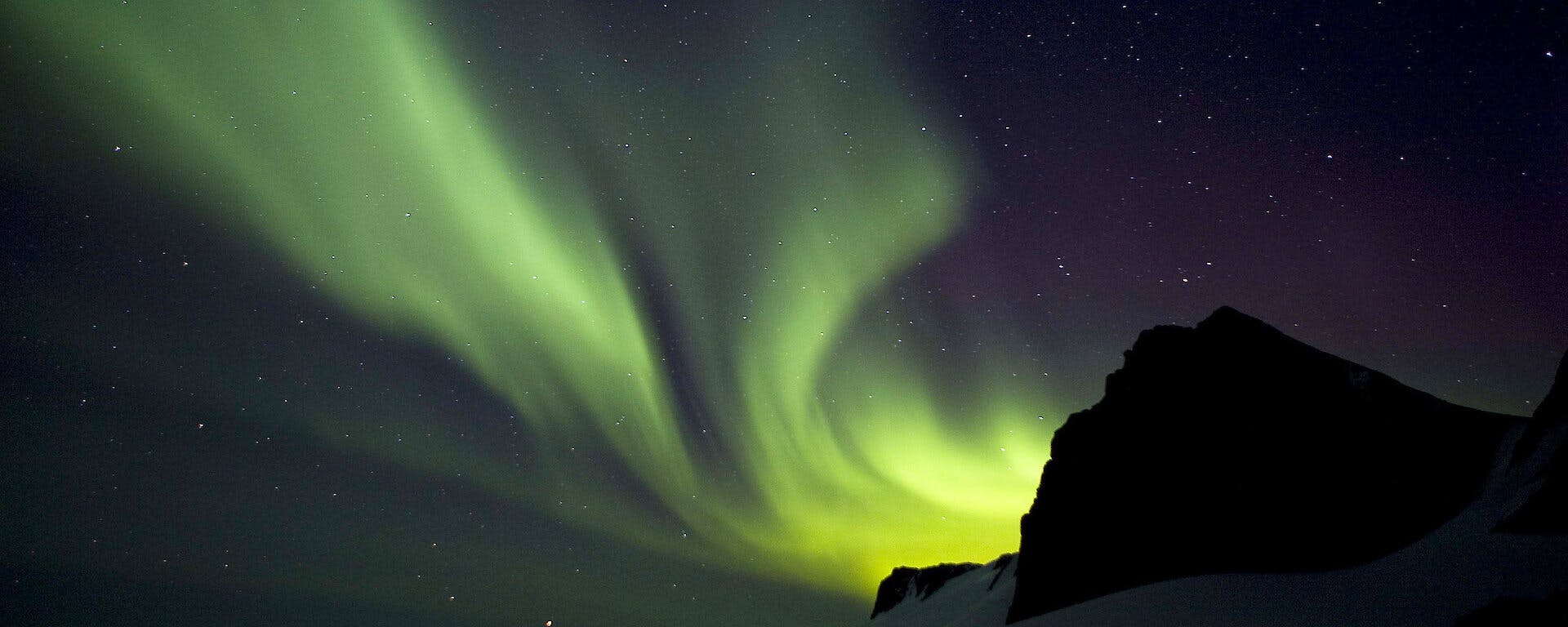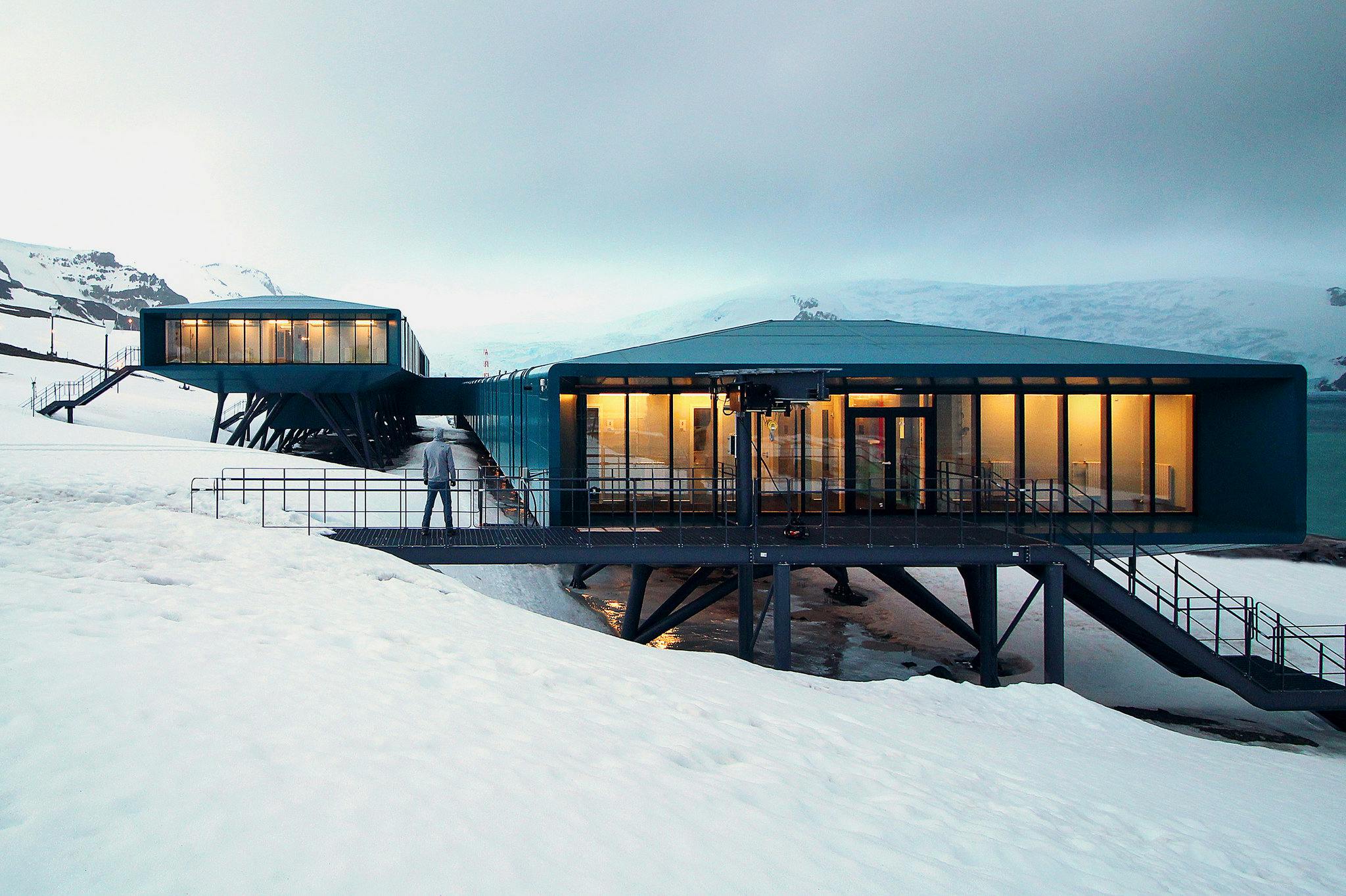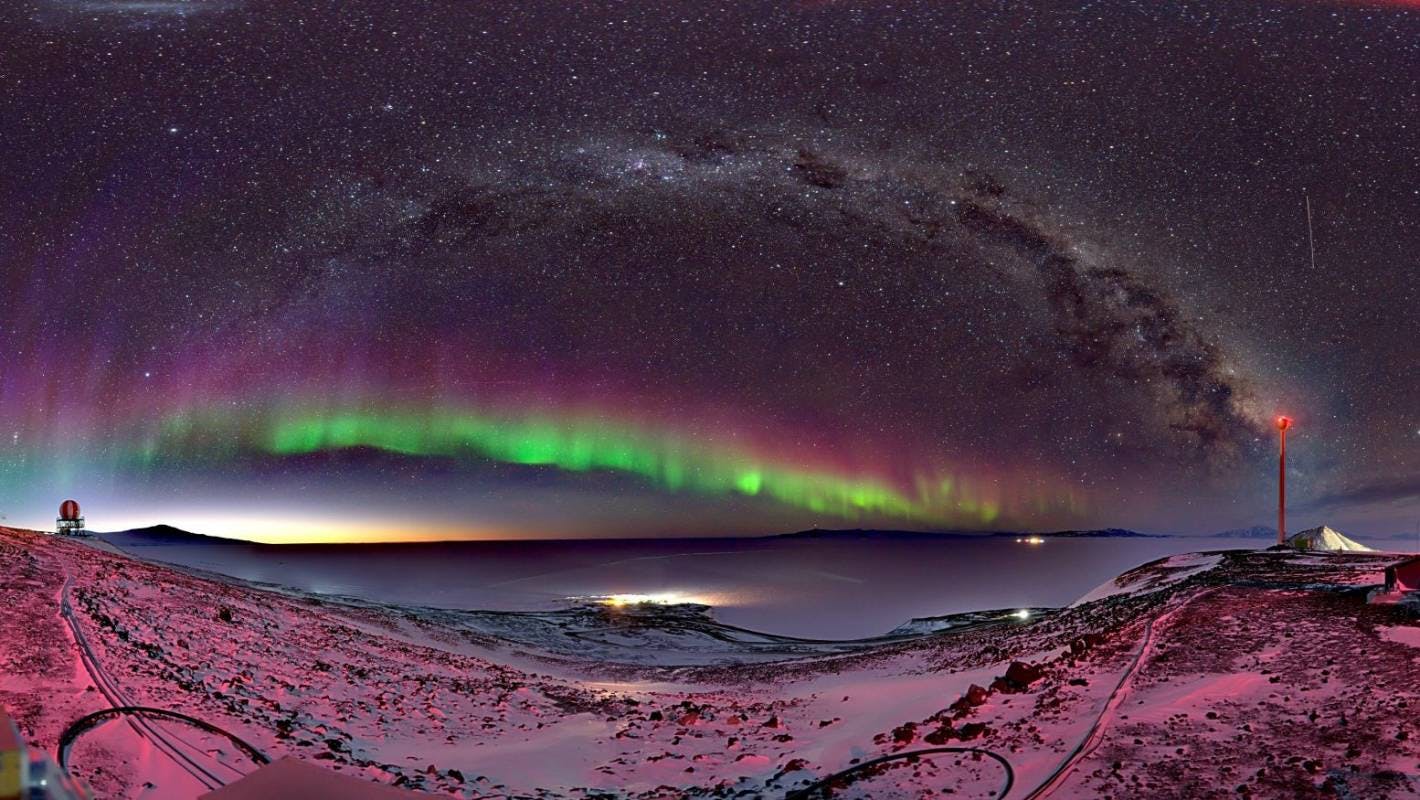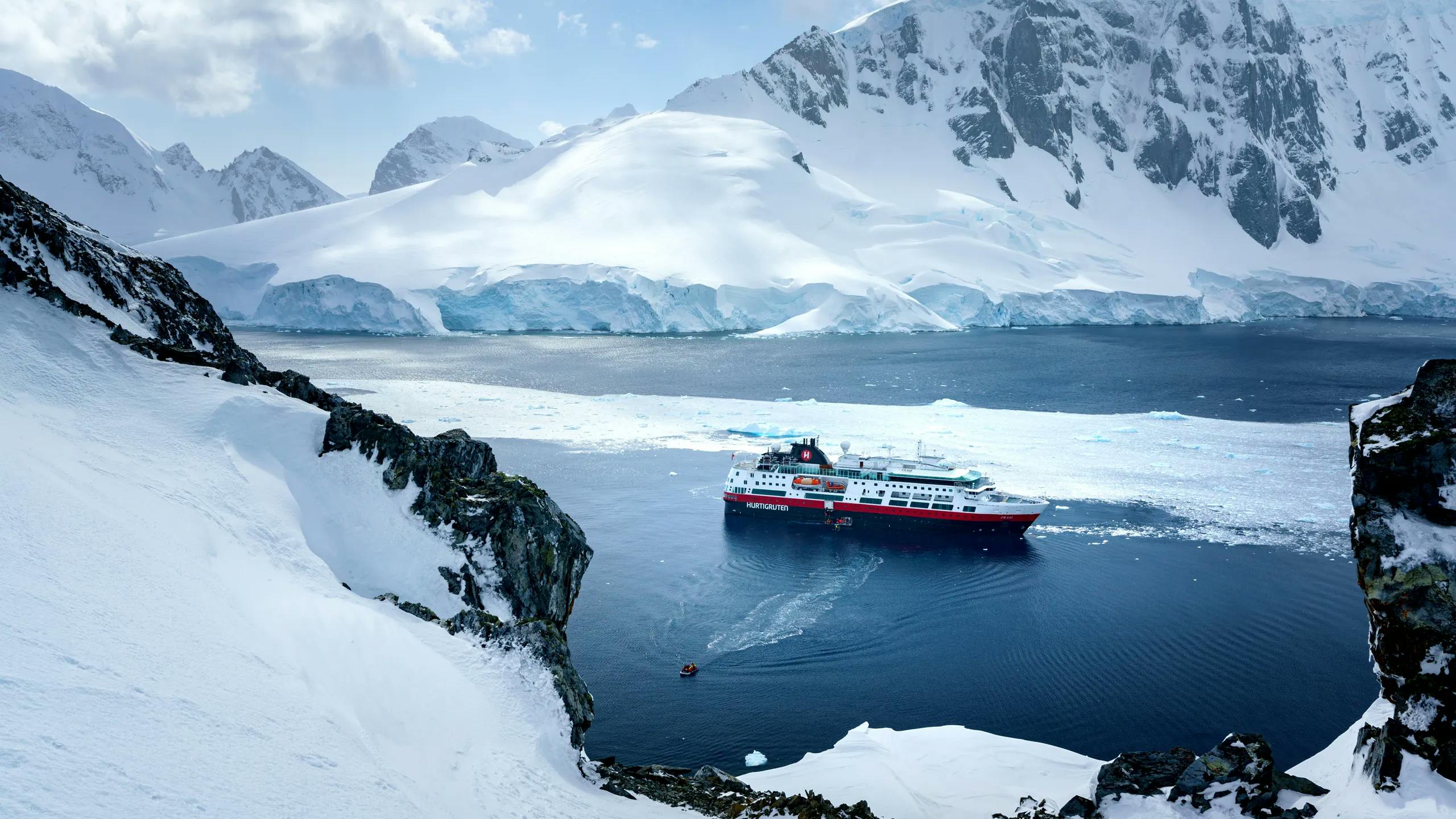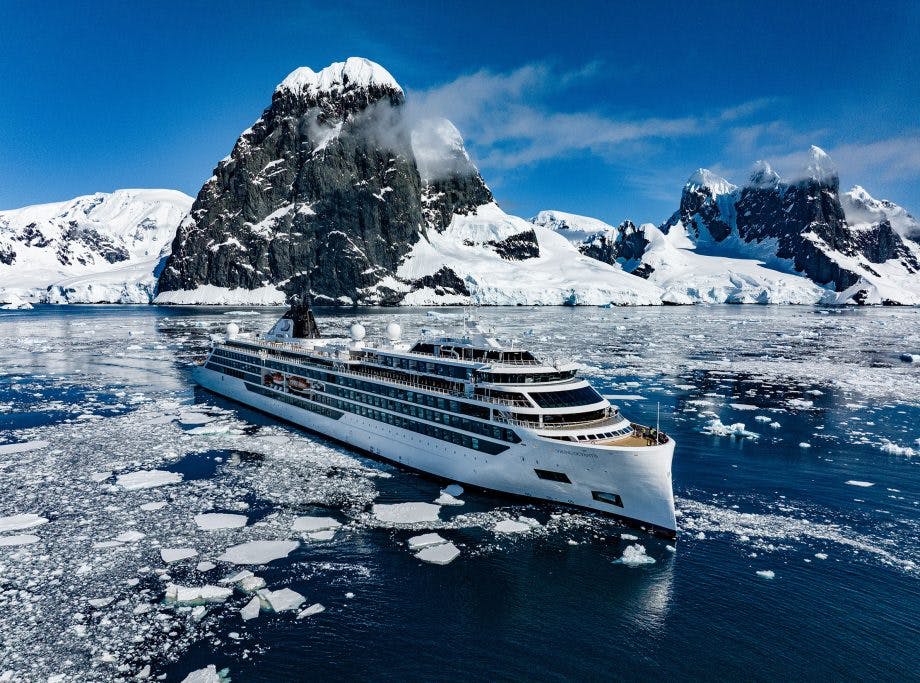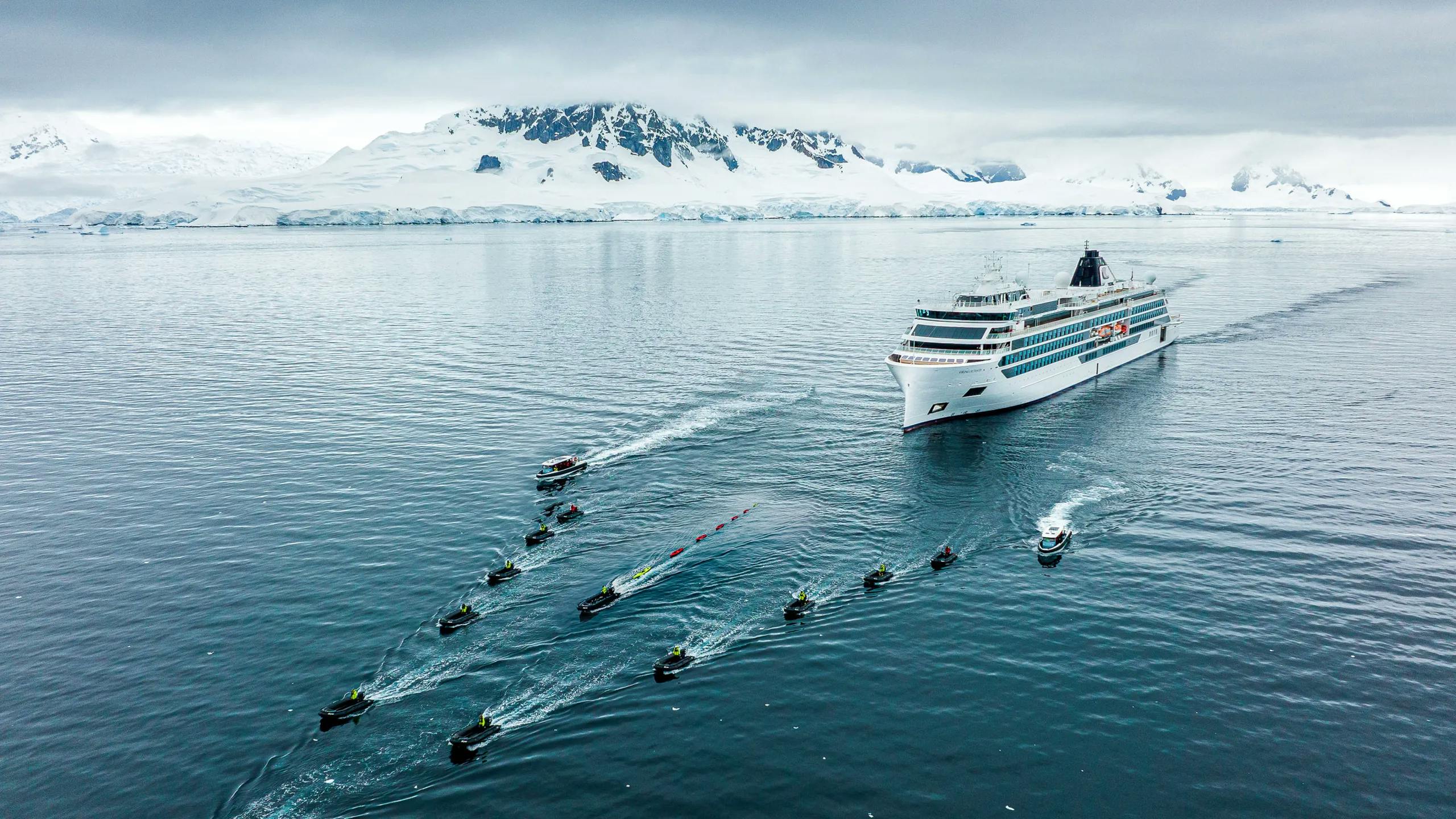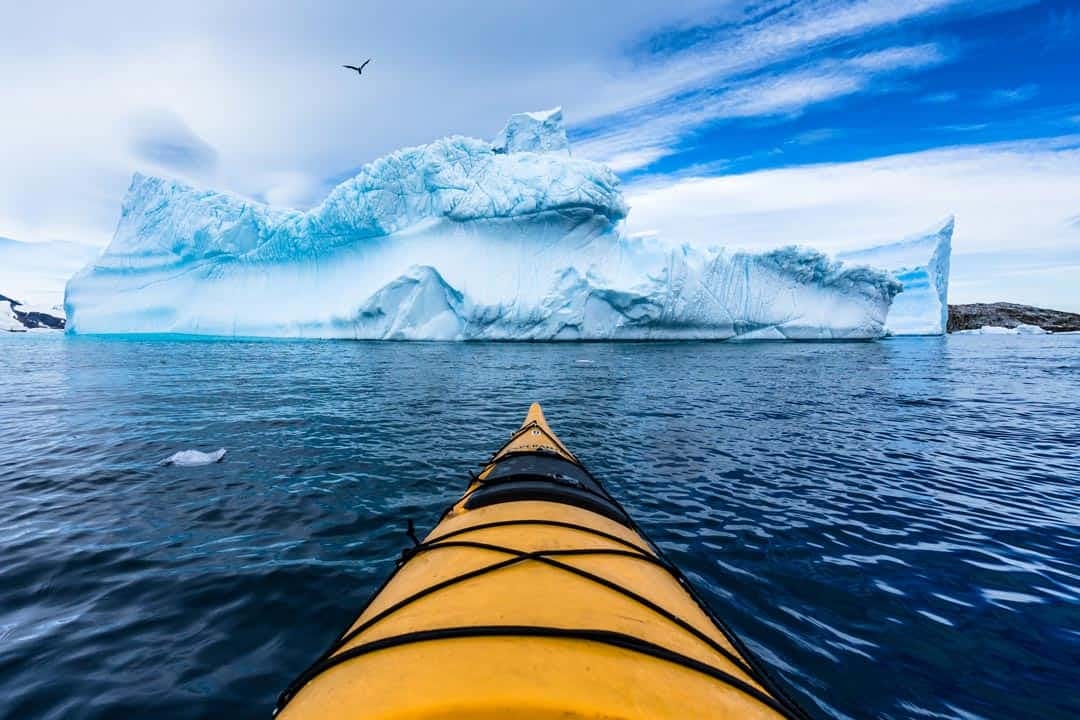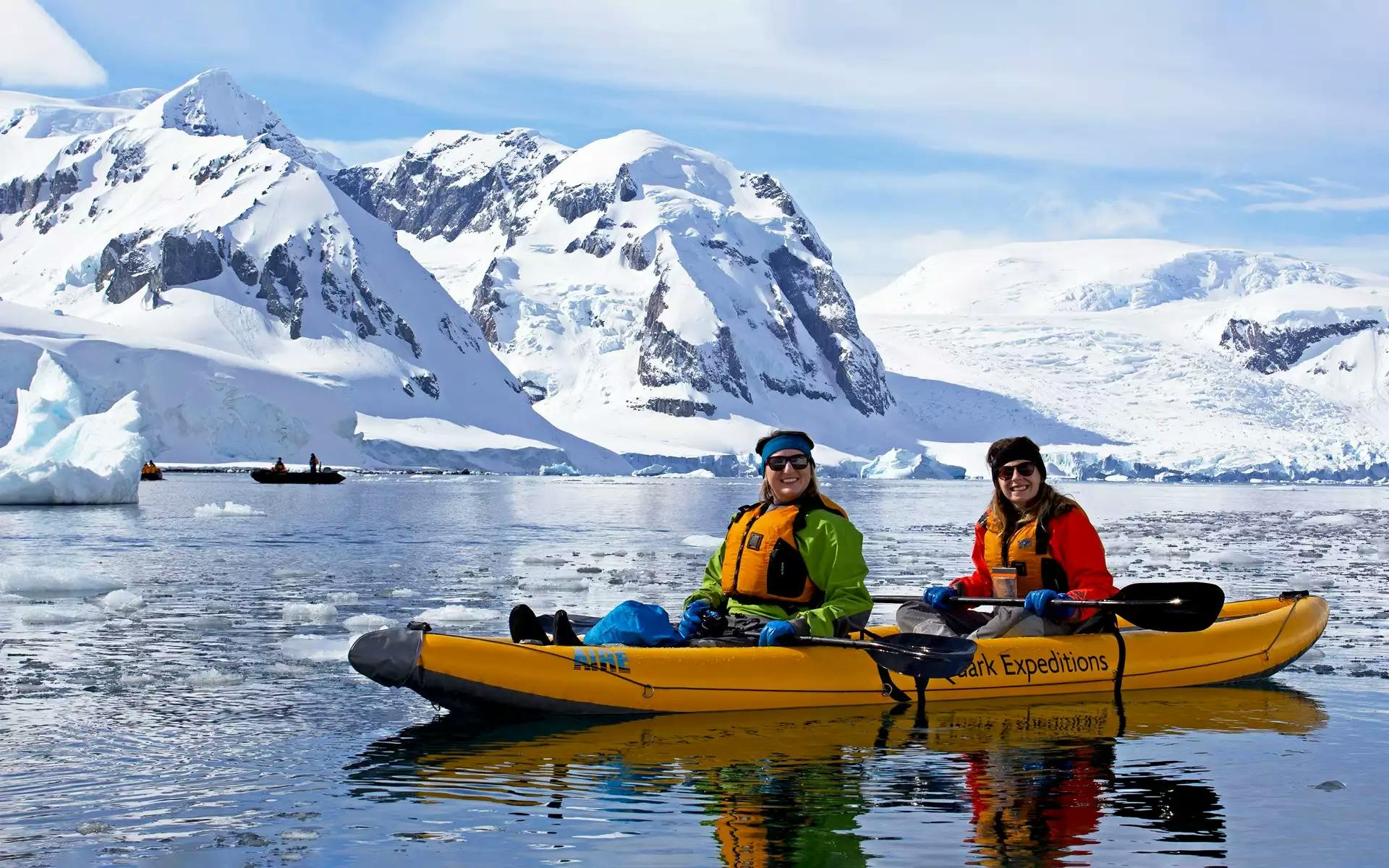The Complete Guide to Travel to Antarctica: Tips and Information
by Travelopod
August 31, 2023
If Antarctica is on your bucket list, this guide and our team are here for you.
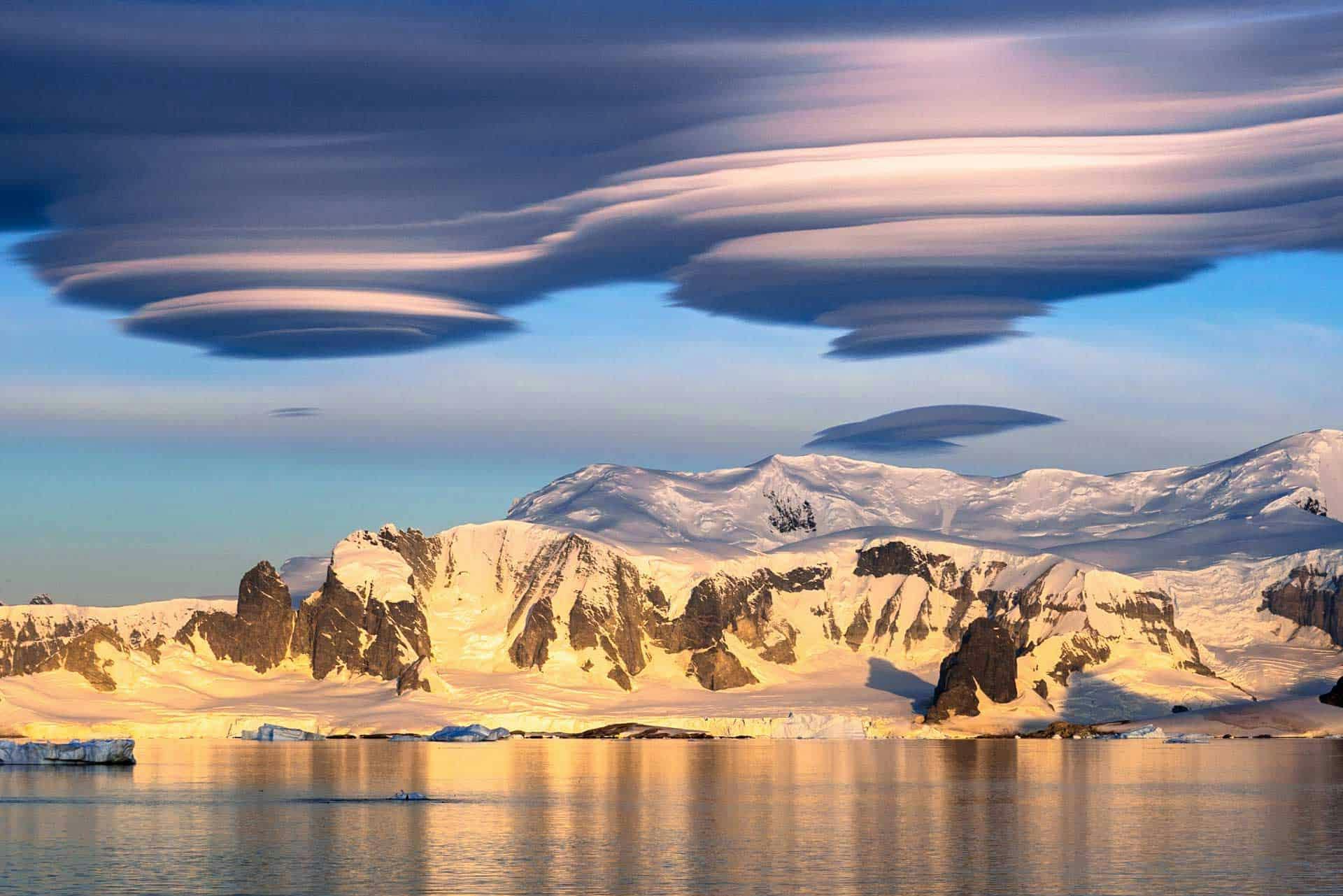
There is no other experience quite like walking on the Antarctic Peninsula, watching penguins in their natural habitat, spotting whales in the sea, and kayaking among icebergs. There is so much natural wildlife and beauty that can be merely captured through pictures but really needs to be experienced in person.
If you have always wanted to explore this snowy natural beauty, this guide is here to answer all your questions.
When is the best time to go?
What’s the weather like?
How do you get to Antarctica?
What would I be able to do there?
When should I plan my trip?
What kind of trips can I take?
Let’s get into it!
Best time to go to Antarctica
Best time to go to Antarctica
Season, Season, Season!
Season, Season, Season!
The best time to go to Antarctica is during the Antarctic summer, from November to March. The coastline and wildlife are at their best during this time when the animals are most active and there is 24-hour daylight.
The high season (mid-December through February) is very popular and there are not many ships available. We recommend booking at least 12 months in advance to get your preferred departure dates, itinerary, and cabin. If you want to book the most popular Fly and Cruise trips or trips including South Georgia, we recommend booking 18 months in advance.
Shoulder Season (November and March) is the beginning and end of the season with less predictable weather and wildlife sights but still plenty to see and experience with slight price discounts, typically 10–25%. If you want to take advantage of the best shoulder season, early December allows you to experience the beginnings of peak Antarctica and avoid the holiday rush at a great price.
Your trip, your choice. While there will always be fascinating attractions and sights to see, the best month to go depends on what you want to experience.
November
November in Antarctica is like opening night. If you want to be the season’s first visitor and catch mating season for wildlife, November is the time for you. There’s nothing quite like being the first to step into crisp, fresh snow. The peninsula is relatively uncrowded, so you can get open views of courtship displays by penguins and mating seals. Avid photographers can take advantage of the unbridled views of the picturesque white icebergs contrasted against the blue oceans and skies.
December
It's time for a white Christmas. As the sun showers the continent with sunlight for 20–24 hours a day this month, visitor populations flock here just in time to catch penguin chicks hatching in their nests. Photographers can capture seal and humpback whale sightings against the backdrop of icebergs and snowy mountains. Visitors, however, should be aware of increased prices due to the continent’s increased popularity over the holiday season
January
January is the warmest month of the Antarctic summer, sometimes reaching 0 degrees on the Peninsula. During this month, visitors can take advantage of the extra daylight hours and see a bit more than in other months. The sea ice opens up, allowing visits to historic landmarks like the Scott Scientific Field Station in the Ross Sea and even attempts to reach the polar circle. This is the most popular month for Antarctica, which also sees higher prices for travelers.
February
If the Polar Circle is on your bucket list, February is the time for you. The sun has sufficiently weakened the ice over the past 2 months, which allows visitors to sail all the way to the Polar Circle. And on the way, there are more opportunities for orca, mike, and humpback whale sightings. There is also the chance to see "penguin creches" from penguin chicks.
March
March is the end of the Antarctic travel season. Visitors can see Antarctica in its most colorful form, with green and pink algae blooms painting the ice cliffs and the water. There is also potential for sightings of the aurora Australis, or "southern lights," streaking the sky. If you are a whale enthusiast, March is the best time to gaze at feasting whales.
Weather
Weather
You might think that Antarctica would be cold, and you would be right. The temperature during winters in Antarctica drops to around -10 °C, while peak summers reach just above freezing. Typically, during the summer season, it is daylight for 20–24 hours a day with calm winds and clear skies. But here, mother nature runs supreme, so conditions can change quite quickly. Additionally, the eastern coast is the driest part of the peninsula as compared to the western coast, which receives the most rainfall.
Best way to get to Antarctica: Fly or Cruise
Best way to get to Antarctica: Fly or Cruise
The two main start and end points for these sailings are either:
- Punta Arenas in Chile, for flights to and from Antarctica.
- Ushuaia in Argentina, for ships sailing to and from Antarctica.
Cruise (Sail)
Cruise (Sail)
Cruising or sailing is the most common way to get to Antarctica. From the tip of South America or New Zealand, sailing the Drake Passage is the way 98% of travelers get to Antarctica. Nearly 54,000 visitors and 50 ships make their way through the Atlantic waters each season. Why?
Sailing from the very tip of South America to get to the Antarctic Peninsula takes 48 hours. For these reasons, most voyages last 10–12 days in duration, with 4-5 days on the ground for exploring the icy, beautiful region.
The Drake Passage may have the reputation of being a stretch of rough waters. However, only 30% of voyages really experience rough weather, and there are several voyages where the water is quite calm. It happens often enough that there is a name for the calm Drake Passage: "The Drake Lake". Nevertheless, the voyage is rarely as bad as it may seem, and most still consider the trip well worth it.
This cruise option gives you the most flexibility in terms of voyage type, departure date, price, and ships. Travelers can access Antarctica during the whole season, from November through March.
The most popular starting point is Ushuaia, Argentina; 90% of voyages begin here. The other option by cruise is from the South Island, New Zealand, but only four voyages depart from here to the Ross Sea.
There are 5 different cruises available:
- Ross Sea
- Weddell Sea
- Polar Circle
- South Georgia, the Falkland Islands & Antarctica
- Antarctic Peninsula & South Shetland Islands.
Cost
Costs for Antarctica are highly variable depending on your chosen cabin, ship, trip duration, and quality of food and service. Additionally, other factors are the quality of staff, staff-to-passenger ratio, inclusion of wine, clothing provided, and complimentary activities. No two ships or trip experiences are the same, and these are reflected in the price.
Here are the options with corresponding trip durations and itineraries:
- Classic Antarctica Peninsula cruise (10-11 days) $6,000 - 14,000
- Fly & Cruise voyage (8 days) $11,500 - 27,000
- Antarctic Circle cruise (12-14 days) $8,000 - 18,000
- South Georgia, Falklands & Antarctica cruise (18-23 days) $12,000 - 25,000
- Ross Sea cruise (30 - 35 days) $23,000
- Antarctic Interior & Flights to the South Pole (7 - 9 days) $50,000
Fly
Fly
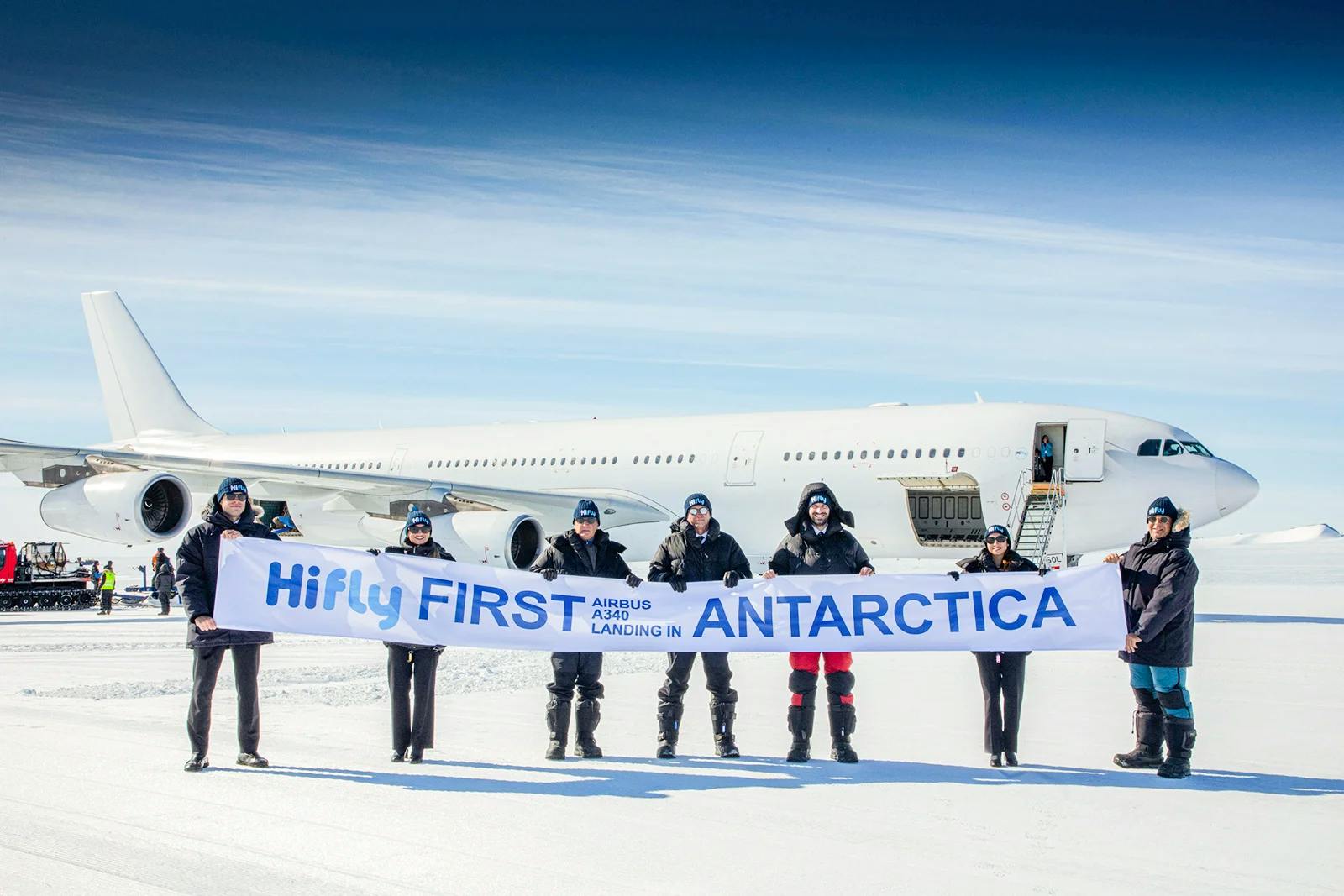
If time is of the essence or you want to avoid the Drake Passage, you also have the option of flying to Antarctica from Punta Arenas, Chile. In just 2 hours, you can land on the Antarctic Peninsula and hit the ground running to start your journey.
Flights take off from Punta Arenas, Chile, and land at Antarctica’s airport, Chilean Eduardo Frei Station on King George Island in the South Shetland Islands, or the South Pole. These options are limited each season.
The most popular flying trips to Antarctica are called ‘Fly & Cruise, as they start and end with a short 2-hour flight. And in the middle, there is a 4-6-day cruise through Antarctica chock full of excursions.
Oftentimes, groups will have dinner together prior to the flight to get acquainted with each other. Post-flight, there will be a 30-minute walk from the air base to the coast, where you’ll embark on your cruise.
Flying Options
1. Fly & Cruise Antarctica
- 0 crossing of the Drake Passage
- Operates December -February
- Operational for over 13 years
- Typically 8 days
2. Fly to Antarctica and Cruise Back
- 1 crossing of the Drake Passage
- 1 flight
- Can last from 6-18 days
- You may wonder whether flying then cruising or cruising then flying is best. The answer is it depends on your personal preference
3. Fly to the South Pole
- 0 crossing of the Drake Passage
- Charter flights from Chilean Patagonia or Cape Town only to the South Pole
- Operates December and January
- Limited departure dates for a package small group
- Most expensive option
Cost
The cost of a ‘Fly & Cruise’ trip ranges from $10,995 - $22,000 per person based on an 8-day voyage and depends on the desired ship and cabin type.
This price includes the whole package:
- Charter round-trip flights from Punta Arenas/King George Island to Antarctica
- All excursions with polar guides
- A modern cabin accommodation
- Informative lectures from polar experts
- All meals and drinks
- Hotel accommodations in Punta Arenas
- Airport-hotel transfers
The ‘Fly and Cruise' option is typically 20% more expensive than the traditional Antarctic cruise, but the benefits are avoiding the Drake Passage and days saved in travel time. However, there are new, cheaper scheduled flights from the Falkland Islands that may be an option.
The charter flights are the British-designed BAE 146s, which have the capacity for 80 people and are flown by highly experienced pilots. It is comfortable for a 2-hour flight and specially designed with four turbofan engine configurations to handle Antarctica’s short runways. It has superior takeoff performance and is reliable for these Antarctic flights.
The costs do not cover: International flights to and from Punta Arenas, optional adventure activities on excursions, travel insurance, personal items (onboard shop, laundry, bar tab), and onboard staff gratuity.
Best Ways to Explore Antarctica
Best Ways to Explore Antarctica
No matter if you fly or cruise into Antarctica, the on-the-ground experience will be largely the same.
You’ll begin by getting settled in your floating hotel and getting used to the daily rhythm. Days in Antarctica start early, partly due to the 20–24-hour daylight and also because there is so much to see that you won’t want to miss anything.
The excursions are the highlights of the trip, where you’ll be able to take in rare sights like penguin rookeries, whale sightings, and icebergs. There are also opportunities to visit historic attractions like the huts of Shackleton or research stations like Amundsen-Scott South Pole Station.
Every day, all meals will be taken aboard the ship, and there will be 2-3 hour excursions led by polar experts! Interspersed between excursions and meals will be informative lectures for your enjoyment.
Best Time to Start Planning the Antarctica Trip
Best Time to Start Planning the Antarctica Trip
Typically, polar operators release their schedules and departure dates at least 18 months in advance. We recommend booking your trip as early as possible to ensure you have the maximum options for departure date, itinerary selection, and cabin selection. And, if you book early enough, you could take advantage of an early booking incentive.
While all trips have limited spots, Fly & Cruise trips are extremely popular and are the first voyage types to get booked up. Additionally, high-season itineraries always see high demand for a modest number of ships. We recommend you plan 12 months in advance if you desire a high-season departure date, as trips are generally booked up to 10 months in advance.
Some reference pricing details:
- Classic Antarctica Peninsula cruise (10-11 days) $9,000 - 14,000
- National Geographic Antarctica Peninsula cruise (14 days) $15,500 - $29,000
- Fly & Cruise voyage (8 days) $11,500 - 27,000
- Antarctic Circle cruise (12-14 days) $8,000 - 18,000
- South Georgia, Falklands & Antarctica cruise (18-23 days) $12,000 - 25,000
- Ross Sea cruise (30 - 35 days) $23,000
- Antarctic Interior & Flights to the South Pole (7 - 9 days) $50,000
When you are ready to plan, please contact us!
About Travelopod
With the highest customer ratings, Travelopod is the go-to brand for all the travel-enthusiasts. We are on a mission to offer the lowest airfare without compromising on the quality of service. Planning travel to India and Europe is our specialty. Be it a family holiday, an African safari, a cruise, or just flight and hotel bookings, Travelopod is the preferred choice of millions of highly satisfied customers.
Disclaimer: Travelopod makes no claims of ownership over the images featured on our blog site unless otherwise stated. All visual content is copyrighted to its respectful owners. We try to link back to the original sources. We will promptly remove any images from Travelopod if you own the rights to them and do not want them to be displayed there.
EXPLORE MORE
